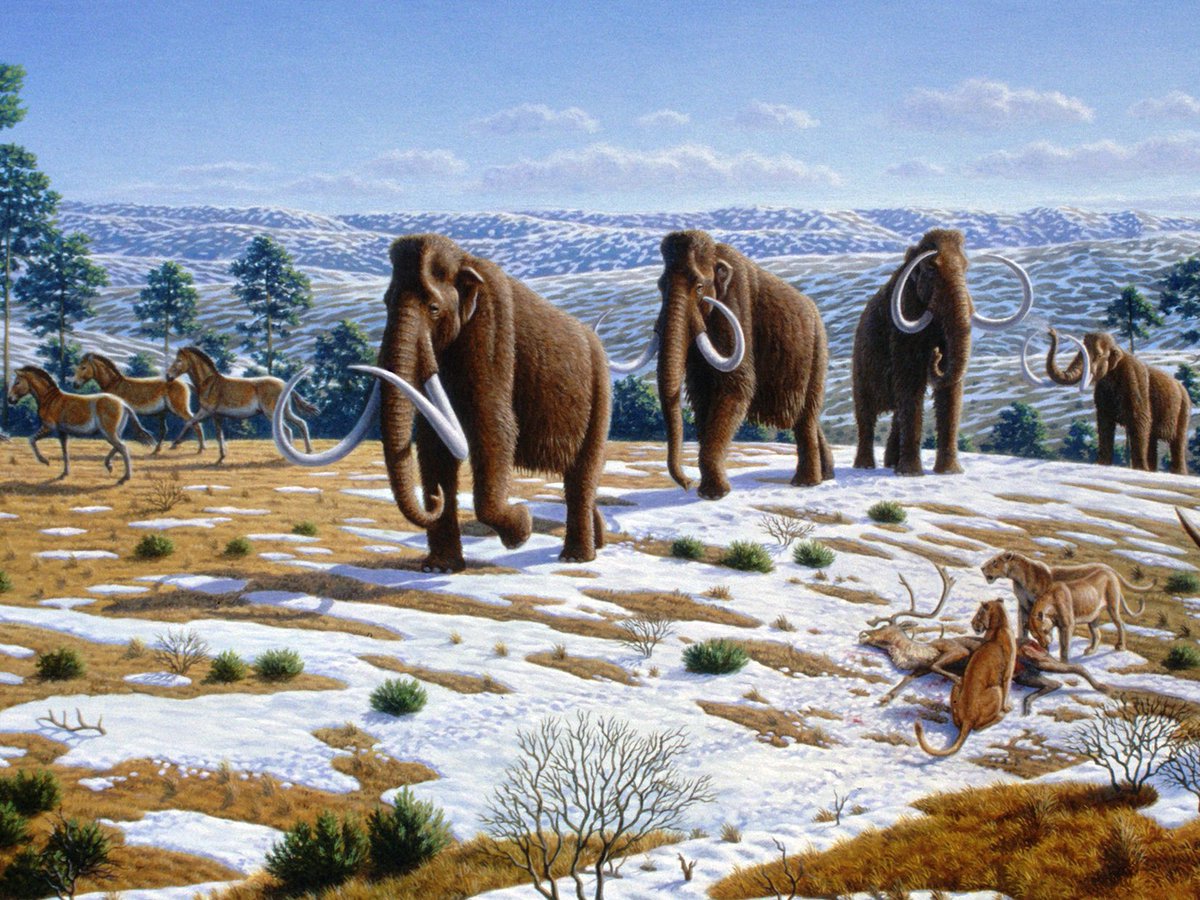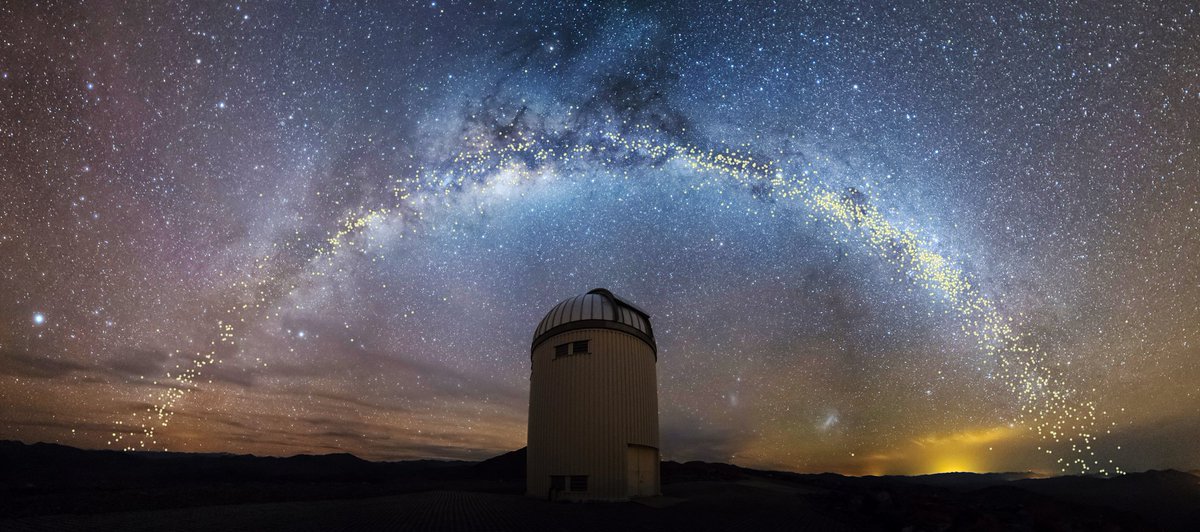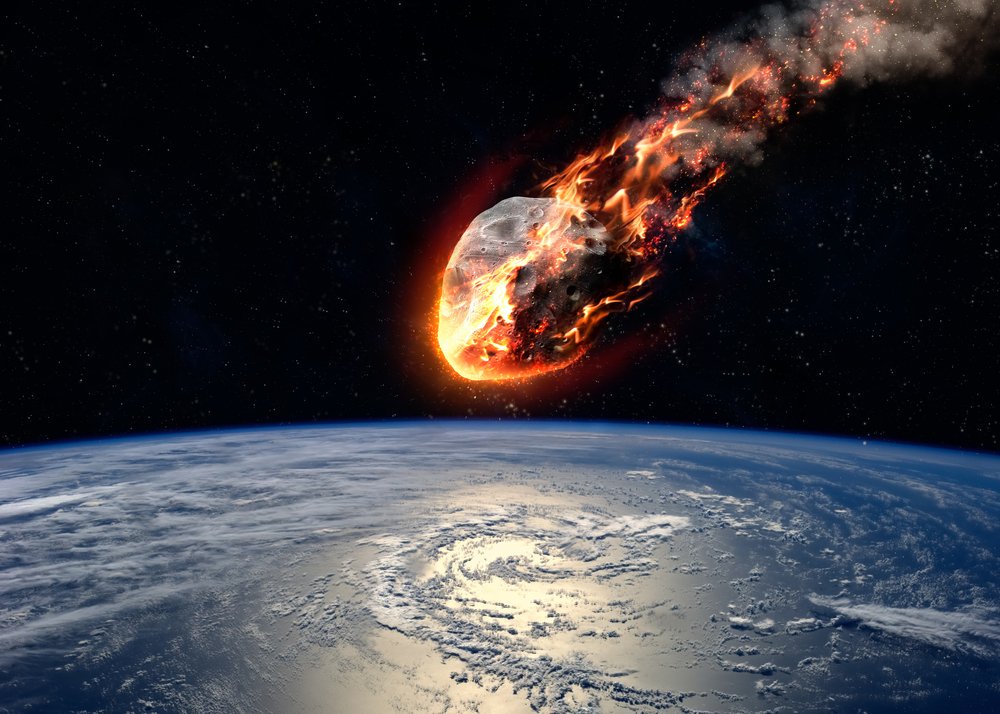businessinsider.in/science/news/a…

So the researchers behind the new study decided to look for the same telltale clues in the Wrangel mammoth bones to discern whether their island population had met the same fate.
Given that it seemed unlikely the Wrangel Island mammoths died of thirst or climate change, the researchers sussed out other possible reasons behind the extinction.











